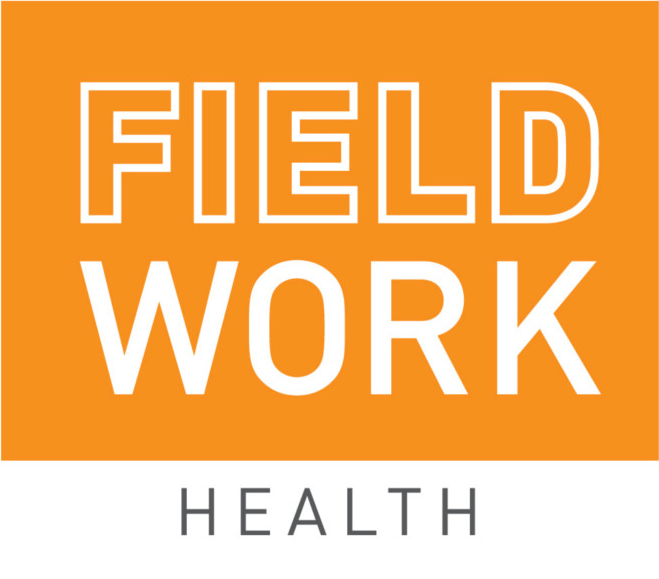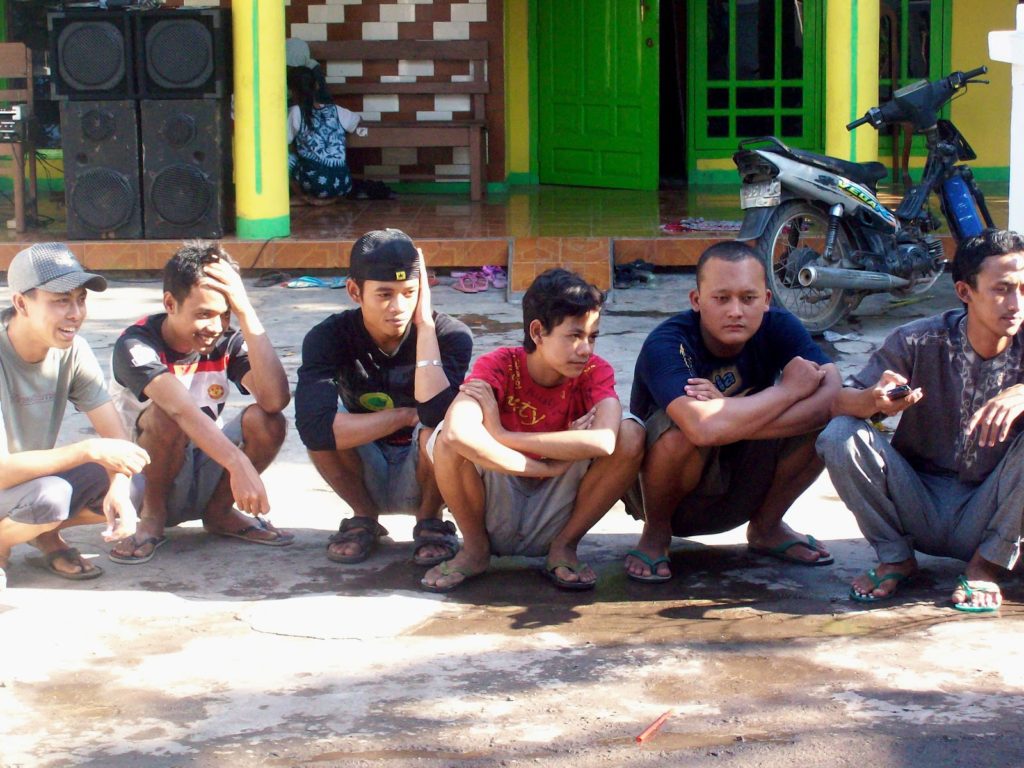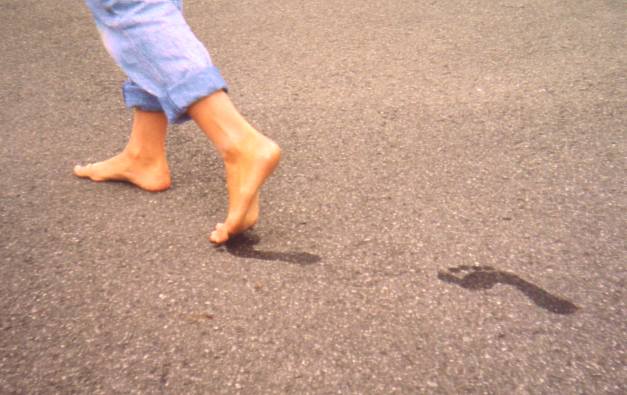Over the last few months I’ve seen way too many people suffering from foot, ankle, calf, and Achilles injuries.
I believe much of this is due to either or a combination of over-training or too much stress that builds tension throughout the body and locks up some joints far more than the body can cope with.
A crappy diet will impact it too. Even if you think your diet is on point, you may need to see a Naturopath to fill any missing gaps in your nutrition.
These injuries can and should be prevented, but you need to do some work to your feet to restore mobility and keep them operating at a high standard.
A tight foot or ankle can cause issues further up the body impacting the knee or hip, so it is very important to assess and monitor.
I’ve done a lot of work to my feet over the last 10 years to address tightness, weak arches, spreading out my toes, plantar fasciitis, poor ankle mobility and more.
Shoe choice is very important too.

A shoe with a wide toe box and low drop can be beneficial for freeing up the feet, but proceed with caution.
These shoes often have far less cushioning than regular running shoes, so I recommend using them for strength training, general wear and very minimal running at first.
A quality pair of running shoes for high impact activities is probably a good idea while you address your foot problems.
There’s talk about thongs or flip flops being detrimental to your feet as the toes have to grab on to the webbing, so that’s why I’ve transitioned to the dirty white slides pictured and I really like the difference.
Yes, that means having several pair of shoes, but it’s still cheaper than several visits to a physio or podiatrist.
I’m not saying avoid the physio or podiatrist.
I highly recommend consulting with them if you have an injury. Just make sure they give you exercises to do that will help fix your issues.
Ross and his team at Fieldwork Health in Inglewood and Perth CBD are always my top pick as their training methodology and rehab protocols match mine very well.
And they email me what your issues are, what exercises to avoid and the exercises to address them: www.fieldworkhealth.com.au.
My biggest issue I’m addressing now is that my left foot has more strength and mobility than my right foot, due to decades of predominantly jumping off my left foot to dunk a basketball.
You may have played a sport that has impacted you in a similar way, but you’ve never really noticed.
If you can’t squat properly or deep, or you have trouble sitting in the deep squat position, your tight feet may be responsible.

So I’m going to guide you through a bunch of videos with corrective exercises so you can fix your feet at home.
You don’t have to go to a podiatrist or physiotherapist every time you have sore feet.
Do some homework and save yourself some $$$ and plenty of headaches.
Rather than ramble on, here’s the video’s.
Start with Dr Mark Cheng’s 90 second video
explaining why you may have sore feet.
Here’s Dr Cheng with some ankle mobility
exercises you can use at home to free up your ankle.
I’ve been doing these 2 exercises over the last few weeks to fix my issue.
We now move on to mobilizing
just the Big Toe with Brian Abelson.
Without enough movement here, the foot can’t operate properly and pain will surface.
This video covers more mobility of the big toe and implements simple strength exercises with a spikey ball.
And there’s also the simple rolling of the underside of your foot (plantar fascia) with a spikey ball as explained by Richard Felton from ProFeet.
Now we move onto the Achilles and Calf area with physio & Crossfit coach Kelly Starrett.
He explains it in real words and shows you what to do to address your tightness through your heel cord and ankle area.
This stuff works, but only if you do it.
The more regular you do it, the faster it will recover.
The power is now in your hands.
Go do the work and your body will thank you in a big way.
Good luck and let me know how you go!
